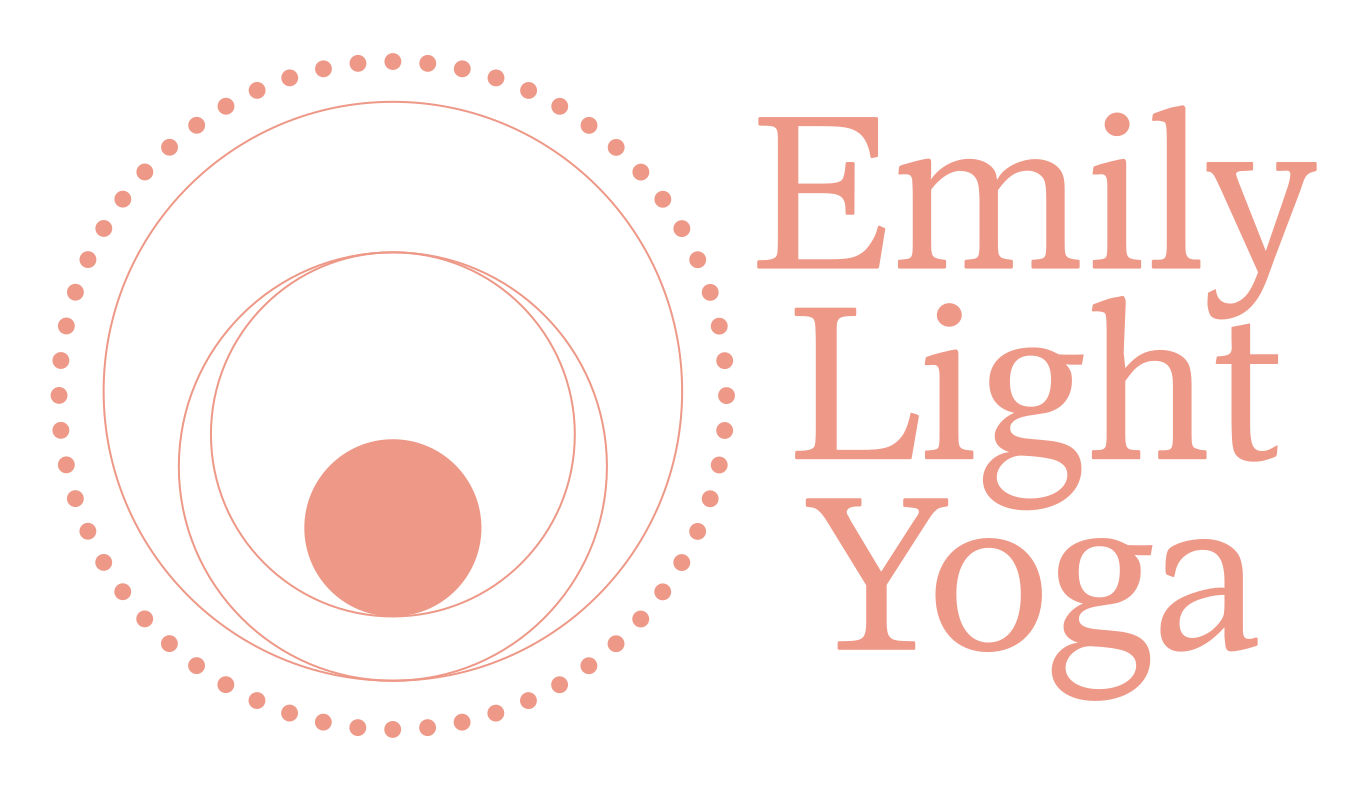Look Within to See Beyond
When I first came to yoga, I’d already spent well over a decade practicing self-criticism. I remember feeling ashamed of who I was as early as age five. These thoughts flooded my mind and controlled my actions. It felt like this inner critic was as much a part of me as my beating heart. I didn’t ever consider that I might learn to see and feel beyond that monster in my mind… until yoga entered my life.
Svadhyaya (the Sanskrit word for self-study) is the practice of looking within ourselves to observe our habits and patterns. It can help us learn the ways in which our mind colors our perception of life. Additionally, it can help us recognize that our true Self (atman) is different than how we think of ourselves… atman is so much more.
Whether we’re conscious of it or not, most of the time we’re moving through our lives with the sense that our body, our mind, and our life roles (a daughter or son, a sibling, a partner, a lover, a parent, a friend, an artist, a teacher, a yoga practitioner, a nice person, a smart person, an anxious person, a depressed person) are us… define us… determine who we are at our core. Yoga teaches us that we’re more than that. Yes, we may relate to all or some of those things, but we exist beyond these roles, titles, and beliefs. And, when we lose sight of what is underneath, or we cling to these identities too tightly, we can run into trouble.
More recently, I’ve been reflecting on a relatively fresh, traumatic experience that left me reeling for a couple of months. It was an event which I had a tremendously difficult time processing and releasing. It’s not often that I move into a “freeze” stress response (I’m more of a “flight” kind of gal), but, in this case, I did. It was terrifying not being able to mobilize, and to feel more-or-less helpless in the situation. Consequently, I now have a profound personal understanding and empathy for those who frequently find themselves in this state.
Additionally, I’ve now come to understand, in part, why this experience was so tough to overcome… why it seemed to have this incredible power over me: ego identification. I was clinging to my perceived roles and identities.
“I’m strong, I’m discerning, I’m capable, I’m a good teacher, I’m a good leader, I’m a good care-taker, I’m reliable…” the list goes on. The traumatic event threatened each of these beliefs. At least, that was the story I was telling myself. And, that’s what affected me so overwhelmingly. That, is in large, why I felt stuck and in such agony.
It wasn’t until I applied the practice of svadhyaya, that I began to see the inner workings of my mind, and these narratives, and it was then that the dark cloud I was enveloped in began to dissipate. Recognizing my previously unconscious patterns created room for me to grow and evolve within the experience.
Again, yoga teaches that our atman, our true Self, lies underneath our ego identifications, or the roles we play in our lives, our physical body, our habits, our pain, and the inner-critic. At our core there is deep peace, boundless compassion, kindness, and joy. There is a felt sense that we are intimately connected with something bigger than ourselves. When we effectively look within ourselves we can see and feel this truth, and it’s this realization that liberates us from the chains of discontent and suffering.
This is the heart of yoga.
I’d like to share a corpse pose (savasana) technique, which I learned from my late teacher, Michael Stone. It has consistently proven itself as a potent and valuable part of my svadhyaya practice.
Savasana Meditation
Begin lying down on your back, with your legs a bit wider than your hips and your arms out the sides, palms facing upward.
Take some deep breaths to begin, and some audible sighs through your mouth. Then let go of shaping your breath, and allow your body to breathe you.
Receive gravity. Feel the gentle weight of gravity invite your body to settle more deeply into the arms of earth.
What might it feel like, just for right now, to let go of the role of being a daughter or a son? A sister or a brother? A mother or a father? What might it feel like to let go of being a friend? A lover? A partner? A student? A teacher? What might it feel like, just for this moment to let go of being an artist? A caretaker? A yoga practitioner? What does it feel like to not have to be anything or anyone right now?
Explore this practice of letting go for a few moments, then let go of that too, and continue savasana for another 10 minutes.
Deep bow in service and gratitude,
Emily

